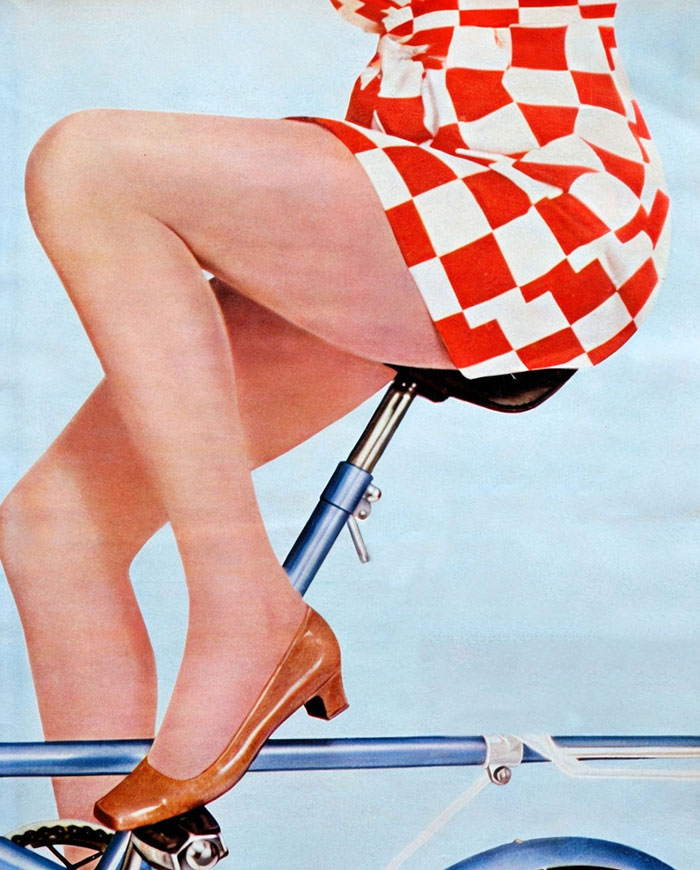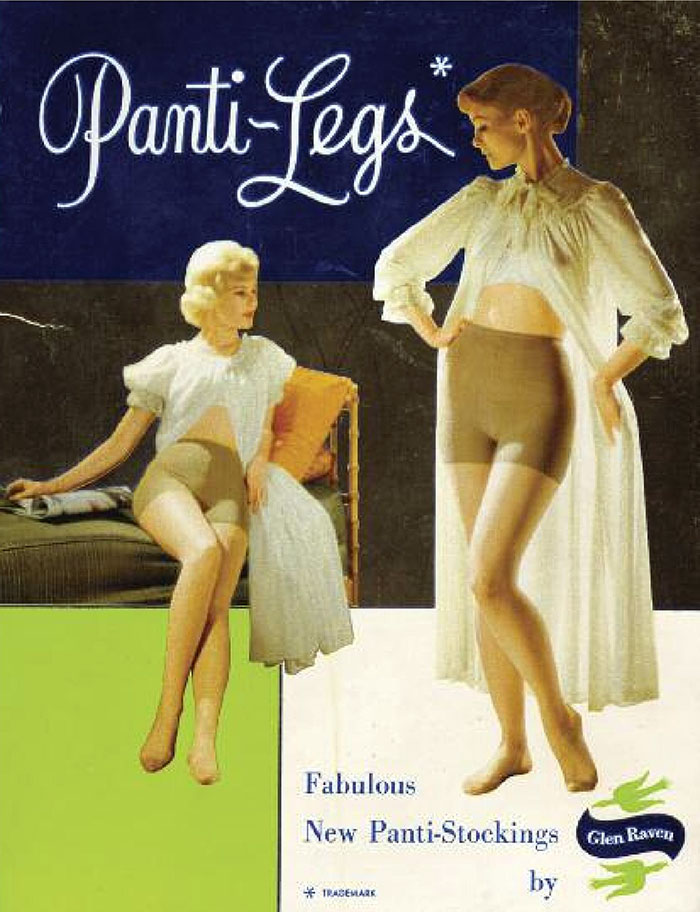For today’s women, tights are an everyday item we know well. However, centuries ago, tights were made from silk and worn mainly by people of wealth and status. After the advent of Nylon hosiery, what was once a status item became a staple part of every woman’s wardrobe with the invention of pantyhose – or tights.

Companies like The Ranok Inc have played a part in making quality European tights easier to find outside their home market. Nowadays options like Conte classic women’s tights in USA & Canada are easily available.
But let’s briefly explore the history of tights and see how they have evolved.
Silk Stockings Were the Start
Before tights, there were stockings, long pieces of fabric worn on the legs and held up by garters. In the 1500s and 1600s, these were made of silk and, again, were primarily worn by the wealthier class. Making silk stockings was slow and expensive, so they became a symbol of wealth.

Rayon Stockings – Artificial Silk
Invented in the 1890s by Hilaire de Chardonnet from wood pulp, Rayon clothing quickly became an alternative clothing to traditional fibres. By 1912, Rayon stockings were being marketed as the new “artificial” silk stockings. A more affordable alternative to silk hosiery and an instant hit. Hosiery sales soared on into the 1920s as rising skirt hems increased demand for sexier legs. Advertising for Rayon and real silk hosiery by brands such as Holeproof Hosiery stopped many an eye while browsing magazines.

They looked elegant and were often worn with shorter dresses that showed off more leg. But there were problems. Rayon was still quite delicate and tore easily and their expensive real silk alternative was even more delicate
The fashion world still needed a new kind of material, something strong, stretchy, and affordable.
Nylon Changes Everything
Not many people know the name Wallace Carothers. He was a brilliant organic chemist hired in 1928 by DuPont. His research led to ‘polymer 66’, or as it would later be known – Nylon.

In 1939, nylon stockings were first introduced at the New York World’s Fair. They were soft, smooth, and much stronger than silk. In early advertising, DuPont promised they were “strong as steel” and still looked pretty. Women loved them right away. Nylon stockings sold out in stores almost as soon as they arrived.
But then came World War II. Nylon was needed for the war effort, so many companies ceased nylon stocking production. Instead, they used nylon to make parachutes, ropes, and other military gear. In the UK, war rations led many women to stain their legs with tea or gravy, and draw fake seams on their legs. Rainy days became women’s biggest enemy next to Hitler! American GI’s then arrived with their pockets stuffed with nylons. These luxury items were a fast way to a woman’s heart those days.
After the war ended, nylon stockings came back with a bang. They quickly became part of everyday life.
From Stockings to Pantyhose
The first appearance of tights, pantyhose came in 1959. As we stated earlier, tights weren’t new. But as an item of Nylon hosiery for women, their invention by Allen E. Gant Sr was a game changer in women’s hosiery.

His company Glen Rey produced the first pantyhose in 1959.
In the 1960s, when Mary Quant’s mini skirt became trendy, the new one-piece tights were suddenly a massive hit that rivalled the Beatles in popularity. Pantyhose made life easier. No more clips or belts. Just pull them on and go. They also offered a smoother look under clothes. Women who worked in offices, especially, found them practical and stylish. Soon, pantyhose became more popular than traditional stockings.

Over the years, pantyhose improved. New materials such as Lycra were added for better stretch and comfort. Control tops, different colors, patterns, and styles started popping up. By the 1980s, tights were everywhere, from business outfits to bold fashion statements.
Styles Change, but Tights Remain
In the 1990s and early 2000s, many people started going bare-legged. Casual styles became more popular, and pantyhose weren’t seen as necessary anymore. But tights didn’t go away. In winter, they’re still a must. And in the fashion world, they never really left.
Designers continued to play with textures and colors, lace, fishnets, and bold prints. Opaque black tights with a heavier denier became a go-to look in the fall and winter. And now, as more people think about the environment, some companies are making tights from recycled materials or biodegradable fibers.
Tights today can be chic, comfy, or both. They’re used in dance, theatre, fashion, and everyday life. They’ve lasted this long for a reason.
Why They Still Matter
Tights are more than just a piece of clothing. They’ve followed the history of women’s fashion from modesty to style to practicality. They’ve adapted to changing hemlines, new materials, and new ideas about what women want to wear.
Vintage lovers still hunt for original silk or seamed nylon stockings, while others opt for the handier seamed tights. Whatever the style, tights are still relevant and still evolve.
They may be simple, but they’re tied to a long, rich story that runs through fashion, culture, and even world events.
That’s all ! © Glamourdaze
